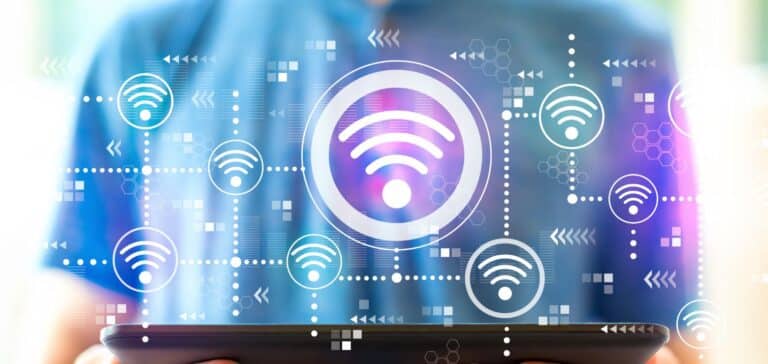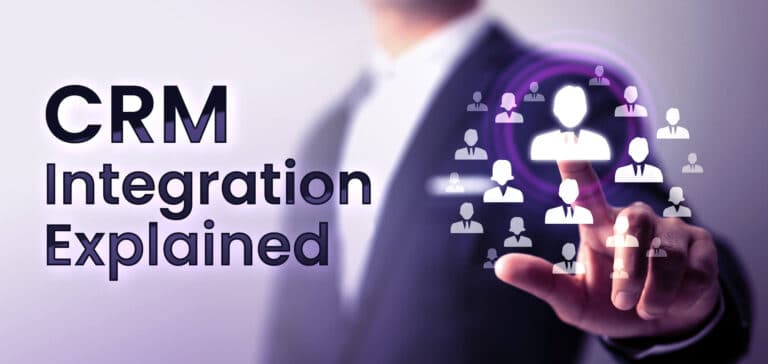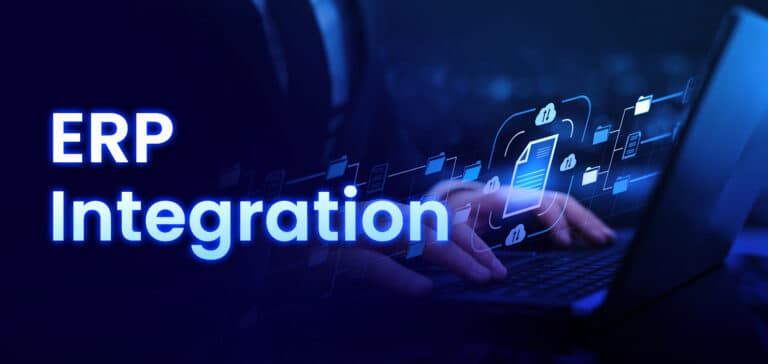By Greg Belkin, Director of Product Marketing, Jitterbit
Imagine this: it’s 7:00 AM on the first day of your dream job. You are on your way into the office for the first time. You are excited to get up and running as fast as possible. It’s been a long and arduous journey of applying, interviewing, negotiating, and managing the logistics of starting a new job. You are ready for this.
You walk in the door. You have that nervous energy and excitement flowing through your veins. All you want to do is to jump in, meet the team, be productive, and embrace an important new milestone in your career.
Then: nothing. The momentum suddenly stops. They tell you that your computer won’t be ready for another couple of days because IT never got the word that today was your first day. There is no building access card available to you. Nobody has set up the proper login credentials for the corporate network or critical programs you need to get to work. All you can do is just sit and wait.
From an HR perspective, this is a nightmare. Most new employees come to the office on day one with high hopes, high energy and dogged determination, hoping to quickly make a difference and embrace their new opportunity. Unfortunately, when they arrive and there are no physical assets to support them, it not only saps the determination to excel away, but it also sends a terrible message about what awaits them in the future. It is very hard to erase a subpar first day from memory. This can be addressed and HR service management can be made more efficient if key systems and applications used to deliver services to the employees are properly connected.
Managing HCM and ITSM Separately Creates Critical Employee Pitfalls
Top-performing organizations know that avoiding a situation like this, and building a highly effective employee experience backed by robust Human Capital Management (HCM) strategies, is critical to their success. In fact, according to a 2020 research study by KPMG of over 1,000 HR executives, 95% of corporations are prioritizing the employee experience as a key focus area. The same study indicated that Pathfinding HR organizations (KPMG’s term for high-level, Best-in-Class organizations) were almost 3x more likely to agree that the employee experience is a strategic priority for the entire organization.
Today’s employees expect a consumer-grade experience that supports not only the rapid provisioning of critical supplies at the beginning of the employment experience, but also one that supports them at every step of the journey there afterward. They expect materials and support to arrive in a fast, accurate, and personalized manner, including on-the-go access to portals that offer easy service requisition, status tracking, and fulfillment. In essence, the service experience that employees have become accustomed to as consumers has led to increased expectations at work and they therefore expect immediate service request fulfillment.
The reality is that most modern enterprises typically deploy HCM systems to manage their workforce, and, in parallel, also use ITSM tools to manage and deliver IT services. The problem with offering these services without interconnectivity between them is that success is usually dependent on one team of employees remembering to inform another team of employees.
Provisioning of laptops, keycards, and other critical employee tools for example, must be done at a particular moment in time. That moment in time is linked to information that only HR systems, and the team that use them on a regular basis, are aware of. This includes start dates, locations of employment, necessary communication tools to match job requirements, and other considerations.
Indeed, HCM applications typically house all employee-related information, whereas the IT department holds the expertise in delivering IT services using ITSM tools deriving the best practices from ITIL or other frameworks.
In their tenure with the company, employees go through many changes as they progress, and HR and IT play critical roles in supporting those changes. They must constantly support adjustments in provisioning equipment, access to portals, or tools, security clearances, etc. HR will have this data which when shared with IT seamlessly, workflows can be created to automate HR service management.
Integrating HCM systems with ITSM tools and providing a master system of record strengthens both processes at the same time. The employee on-boarding/off-boarding process becomes faster and more efficient, increasing productivity and morale. At the same time, IT service management becomes sharper and more cost-efficient, providing employees with exactly what they need to be successful: no more and no less.
Integrating these two critical systems also offers a single-platform experience for employees and HR staff, enabling them to easily raise, and modify requests in a simple and direct manner. When the service demands of employees are met quickly, employee engagement gets amplified, and the employees feel heard and attended to with their needs met promptly, making them feel at home.
Benefits of Effective ITSM – HCM Integration
When HCM and ITSM processes are effectively integrated, companies can realize many benefits. These include:
- On-time access to critical tools, programs, and access privileges for new and existing employees
- Efficient use of corporate assets
- Easy setup for Customer’s integration projects (in days, not months)
- Boost employee productivity and satisfaction
- Improve employee retention
The ultimate aim of integrating ITSM with HCM would be to have robust HR service request management that enables companies to promptly meet the service demands of employees throughout the employee lifecycle from onboarding, transition to off-boarding empowering them to be successful.
Benefits of Effective ITSM – HCM Integration
How Do You Get Started With ITSM Integration?
With years of experience building integrations with BMC, ServiceNow and other key ITSM solution providers, Jitterbit and our community of certified partners have the expertise to provide you with integrations that enable fast time-to-value, drive greater efficiencies in your organization, and increase the flexibility to pivot to new business opportunities quickly. Jitterbit Harmony – Integration Platform as a Service (iPaaS) – provides powerful ServiceNow integration tools that make it fast and easy to connect business flows, providing the following advantages:
-
Speed
Most of our customers are up and running with their first integration in less than 30 days. But perhaps the most important factor is how fast you can build additional integrations to deliver compelling customer experiences. Your business is adding new technology all the time. It’s not only about how quickly you develop your first integration but also how fast you can connect the next one. Jitterbit has a robust toolkit that shortens integration time and provides standardization of integrations and the reusability of code.
-
Simplicity
Jitterbit is simple and designed for the technical business analyst. The graphical “clicks not code” approach, pre-built connector, Recipes and Templates, and a state-of-the-art cloud platform, simplify the design, deployment, and management of integration projects.
-
Trust
No matter how complex or straightforward your integration is, our team of experts is always available to help you every step of the way.
With a powerful and easy-to-use cloud API integration platform, Jitterbit enables ITSM users to connect to any on-premise or in-cloud application allowing them to drive ROI, increase customer satisfaction and optimize service delivery and management, giving them an edge in an extremely competitive market.







